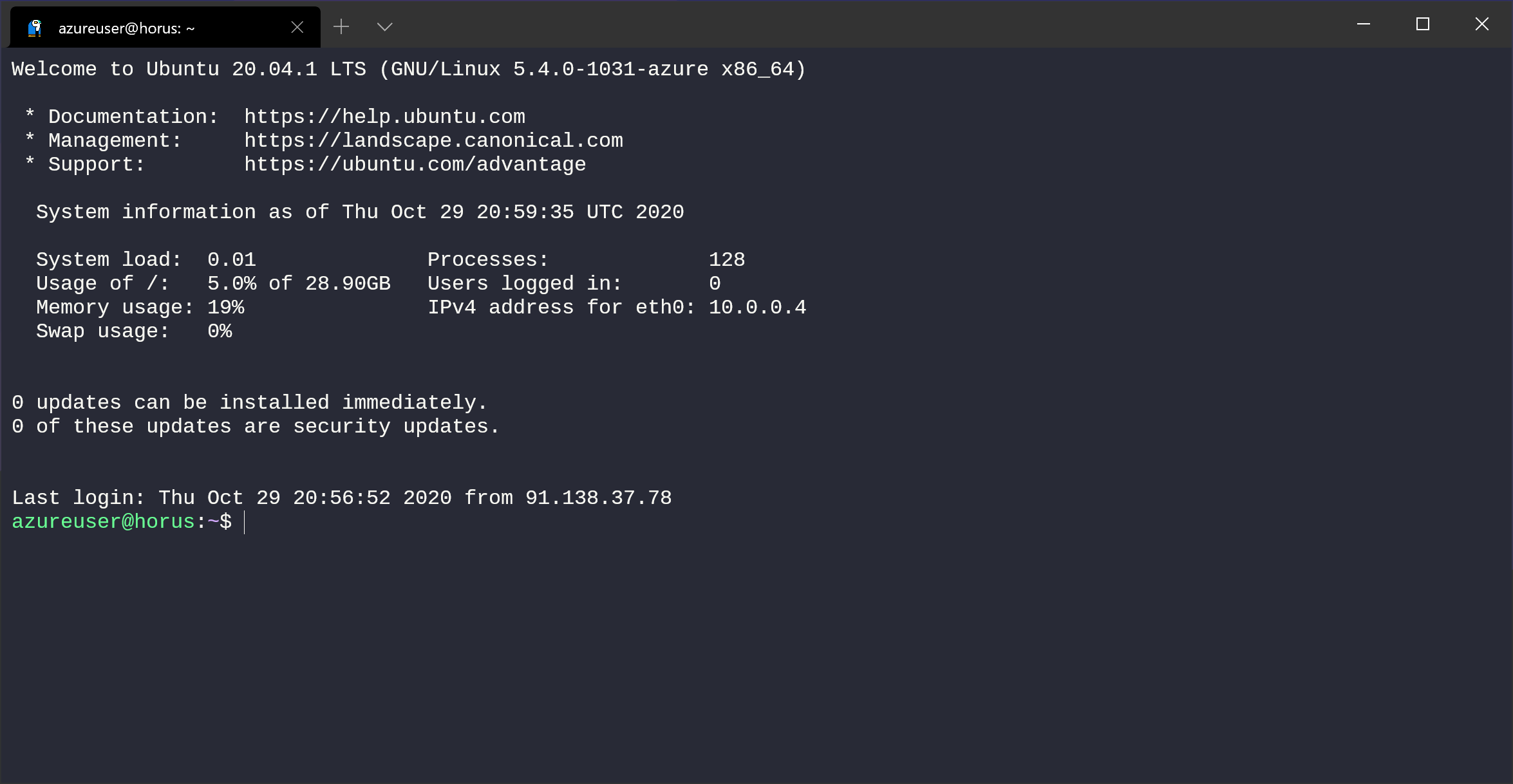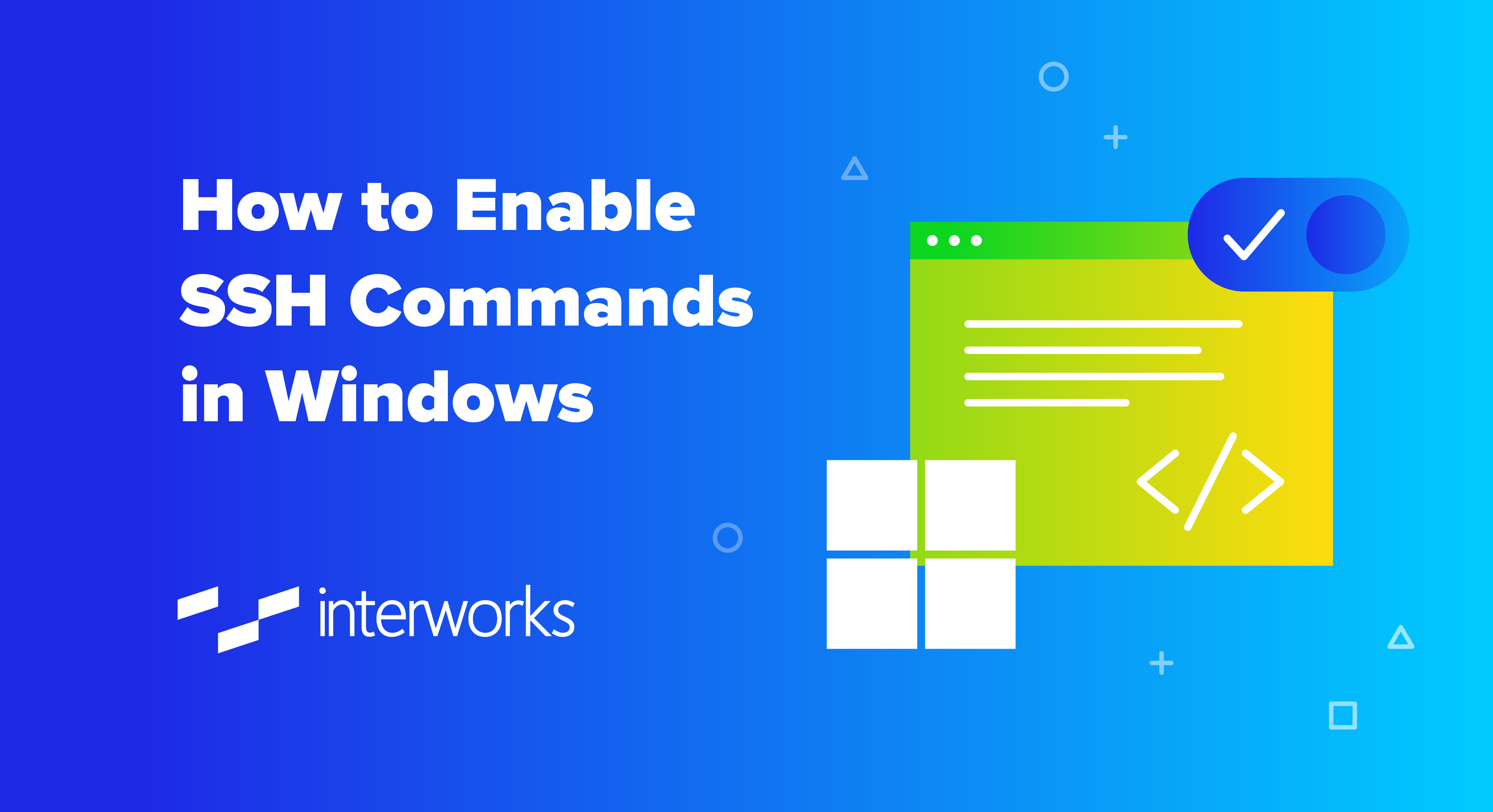Unlocking The Power Of RemoteIoT VPC SSH On Windows 10 Without Extra Hassles
Are you tired of dealing with complex setups to access your RemoteIoT VPC through SSH on Windows 10? Well, you're not alone. Many tech enthusiasts and professionals are looking for simpler ways to connect to their cloud-based IoT systems without unnecessary complications. Today, we’re diving deep into how you can achieve this effortlessly without extra tools or software.
Imagine being able to manage your IoT infrastructure from anywhere in the world using just your Windows 10 device. No need for third-party apps, no complicated configurations, and no breaking your budget. This guide will walk you through everything you need to know to set up a seamless SSH connection to your RemoteIoT VPC directly from your Windows 10 machine.
Whether you’re a seasoned IT pro or a beginner exploring the world of IoT, this article is packed with practical tips, tricks, and expert advice. So, buckle up, grab a coffee, and let’s get started on mastering remote IoT management without the headache.
- Uche Ojeh Illness Unveiling The Truth Behind The Health Challenges
- Emily Cocea Leak The Truth Behind The Viral Sensation
Why RemoteIoT VPC SSH Matters for Modern Tech Enthusiasts
In today’s fast-paced digital world, having remote access to your IoT devices is more than just convenient—it’s essential. RemoteIoT VPC SSH allows you to securely connect to your virtual private cloud environment, giving you full control over your IoT infrastructure from anywhere, anytime. This level of accessibility is crucial for monitoring, troubleshooting, and managing your IoT devices efficiently.
Benefits of Using SSH for RemoteIoT VPC
SSH, or Secure Shell, provides a secure channel for accessing and managing remote systems. When it comes to RemoteIoT VPC, SSH offers several key advantages:
- Enhanced Security: SSH encrypts all data transmitted between your local machine and the remote server, protecting sensitive information from unauthorized access.
- Reliability: SSH connections are stable and reliable, ensuring uninterrupted access to your IoT devices even in less-than-ideal network conditions.
- Flexibility: With SSH, you can execute commands, transfer files, and manage configurations with ease, making it a versatile tool for IoT management.
Setting Up SSH on Windows 10 Without Extra Tools
Windows 10 has made significant strides in integrating SSH functionality natively, eliminating the need for additional software. Here’s how you can set up SSH on your Windows 10 machine to connect to your RemoteIoT VPC:
- Sone248 The Breakthrough Yoursquove Been Waiting For
- Michael Voltaggio Wife The Untold Story Of Love Passion And Culinary Adventures
Enabling the OpenSSH Client
Before you can start using SSH on Windows 10, you need to enable the OpenSSH Client feature. Follow these simple steps:
- Open the Settings app by pressing the Windows key and selecting the gear icon.
- Go to Apps > Optional Features.
- Click on “Add a feature” and search for “OpenSSH Client.”
- Select OpenSSH Client and click Install.
Once the installation is complete, you’re ready to start using SSH on your Windows 10 device.
Connecting to Your RemoteIoT VPC via SSH
With the OpenSSH Client enabled, connecting to your RemoteIoT VPC is a breeze. Here’s a step-by-step guide:
Step 1: Gather Your Connection Details
Before you can connect, you’ll need the following information:
- IP Address or Domain Name of your RemoteIoT VPC
- Username for SSH access
- Private Key (if required) or password
Step 2: Open the Command Prompt
Press the Windows key, type “cmd,” and hit Enter to open the Command Prompt.
Step 3: Enter the SSH Command
Use the following command format to establish your connection:
ssh username@ip_address
Replace “username” with your actual username and “ip_address” with the IP address or domain name of your RemoteIoT VPC.
Troubleshooting Common SSH Issues
Even with the best intentions, things can sometimes go wrong. Here are some common issues you might encounter when setting up SSH on Windows 10 and how to fix them:
Issue 1: Connection Timeout
If you’re experiencing connection timeouts, check the following:
- Ensure your firewall settings allow SSH traffic (usually on port 22).
- Verify that your IP address or domain name is correct.
- Check your network connection for stability.
Issue 2: Permission Denied
If you receive a “Permission denied” error, it could be due to:
- Incorrect username or password.
- Missing or misconfigured private key.
- Server-side restrictions preventing SSH access.
Enhancing Security for Your RemoteIoT VPC SSH
Security should always be a top priority when managing remote systems. Here are some tips to enhance the security of your RemoteIoT VPC SSH connection:
Tip 1: Use Strong Passwords
Create strong, unique passwords that include a mix of letters, numbers, and symbols. Avoid using easily guessable information like birthdays or common words.
Tip 2: Implement Key-Based Authentication
Key-based authentication is more secure than password-based authentication. Generate a public/private key pair and configure your server to use key-based authentication instead of passwords.
Advanced Tips for Managing RemoteIoT VPC SSH
For those looking to take their RemoteIoT VPC SSH management to the next level, here are some advanced tips:
TIP 1: Automate Your SSH Connections
Use SSH configuration files to automate your connections, saving you time and reducing the risk of errors.
TIP 2: Monitor Your Connections
Implement monitoring tools to keep an eye on your SSH connections, ensuring they remain secure and stable at all times.
Data and Statistics to Support Your RemoteIoT VPC SSH Journey
According to recent studies, the global IoT market is expected to reach $1.5 trillion by 2030. With such rapid growth, the demand for secure and efficient remote management solutions like SSH for RemoteIoT VPC is only going to increase.
A survey conducted by a leading IT security firm revealed that 85% of organizations prefer SSH over other remote access methods due to its robust security features and ease of use.
Conclusion: Take Control of Your RemoteIoT VPC SSH Today
Managing your RemoteIoT VPC via SSH on Windows 10 has never been easier. By following the steps outlined in this guide, you can set up a secure and reliable connection without the need for extra tools or software. Remember to prioritize security and take advantage of advanced features to enhance your IoT management experience.
Now that you have all the knowledge you need, it’s time to take action. Start experimenting with SSH on your Windows 10 machine and see how it transforms the way you manage your RemoteIoT VPC. Don’t forget to leave a comment below sharing your experiences or asking any questions you might have. Happy connecting!
Table of Contents
- Why RemoteIoT VPC SSH Matters for Modern Tech Enthusiasts
- Setting Up SSH on Windows 10 Without Extra Tools
- Connecting to Your RemoteIoT VPC via SSH
- Troubleshooting Common SSH Issues
- Enhancing Security for Your RemoteIoT VPC SSH
- Advanced Tips for Managing RemoteIoT VPC SSH
- Data and Statistics to Support Your RemoteIoT VPC SSH Journey
- Conclusion: Take Control of Your RemoteIoT VPC SSH Today

Mastering RemoteIoT VPC SSH On Windows 10 Without ThirdParty Tools

Mastering RemoteIoT VPC SSH On Windows 10 Without ThirdParty Tools

Connecting To RemoteIoT VPC SSH On Windows 10 Without ThirdParty Software